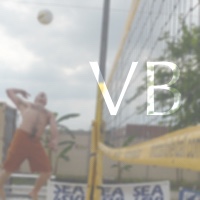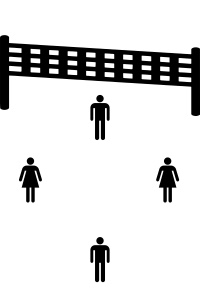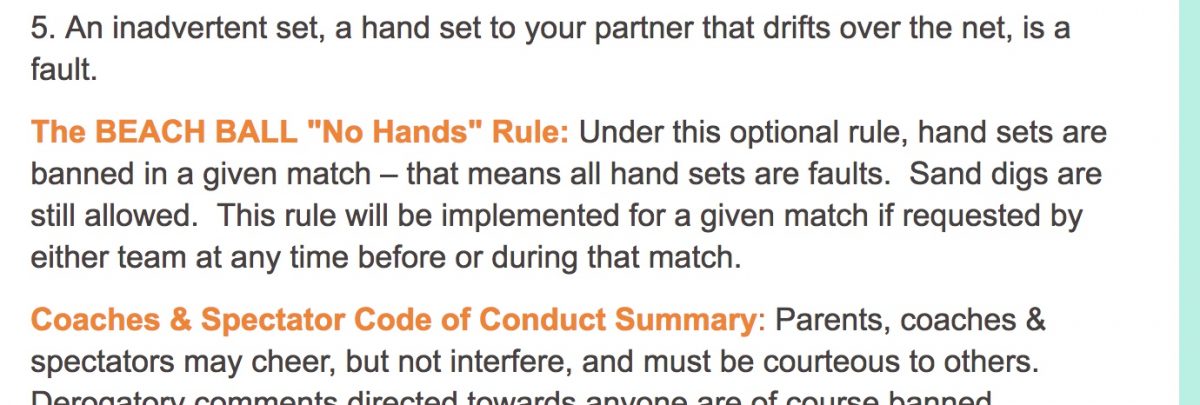Excerpted.
[VaccineHesitantFriend]: I completely understand that. We are lucky to be here in the US. And I’m doing my part by not getting the vaccine, so those other countries can have it. Sorry I don’t put anything into my body without fully understanding it, and not going to start now. That’s my personal choice, not a privilege.
[me] I’ll be glad to help you understand the vaccines. Please feel free to post questions and I’ll do the underlying research. You may have a legitimate concern that we have missed and I’ll be glad to learn something from it. Scientists from the American Society for Virology have volunteered their time to have online town halls to help explain vaccination.
[VHF]: I really appreciate that. And a question I ask a lot of people is why can’t we put all this effort into curing cancer? Or getting rid of child slavery? Just seems interesting to me that all these scientist and government officials group together to cure a disease that other scientists created. Would really love to hear your answer on this. The only answer I ever get is… there’s just too much money being made.
[Me] Important distinction: a cure deals with people with a disease, and a vaccine is about preventing the disease in the first place. There’s no evidence that COVID19 was engineered or created by scientists – the genetic sequence of the virus available to the public (as is most of the publications), and we can check for tell tale marks of engineering. They aren’t there. But proving a negative is rather difficult, so as more evidence arises, we can follow up. The mRNA vaccines are actually partly developed to prevent cancer, and it just turns out that COVID-19 is the first wide application of the technology. More applications will come in the future. Note that this attached review is from 2018 – the mRNA vaccines have been in development for a while – https://www.nature.com/articles/nrd.2017.243
[VHF] Well this is where I part ways from the discussion. It was absolutely made in a lab. And your boy Fauci is a big fat liar. Thanks for the info and the responses.
There’s more to say about the question of money and the profit motive, but the issue was never really about vaccination, or the nature of the technology. Once a narrative is threatened, the conversation was shut down.










